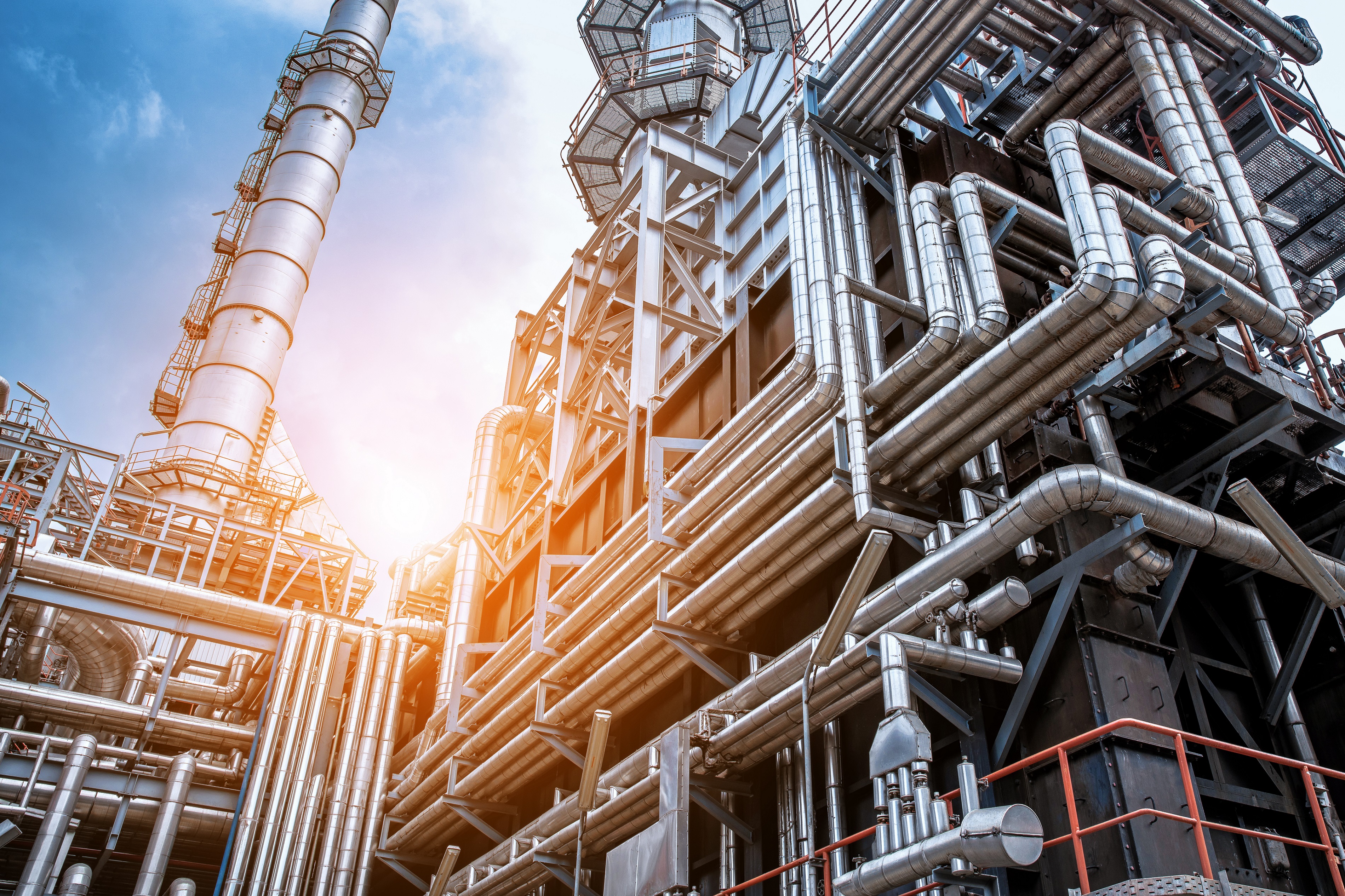State Sponsored Qatari LNG Projects Could Hurt North American Projects
(Reuters) — Proposed North American LNG export projects may face an uphill battle against Qatar, which announced plans to further ramp up production to hold onto its position as the world’s leading LNG exporter.
The United States is on track to overtake Qatar and Australia as the top LNG exporter by 2024, but now will only hold that title for a few years as Qatar announced this week it will boost production by 64% by 2027.
Qatar’s plans add another headwind for dozens of long-in-development projects already contending with the difficulty of finding customers due to the U.S.-China trade war and a glut of supply worldwide.
Low prices worldwide have also made it difficult for LNG developers to find customers needed to convince banks to finance their multi-billion dollar projects. LNG prices around the world are about half of what they were a year ago.
Qatar already has the capacity to export about 77 million tons per annum (MTPA) of LNG and plans to boost that to 126 MTPA over the next eight years. In 2018, the nation accounted for about 25% of all global LNG exported.
“Qatar’s decision to expand even further just adds to the market’s overall bearishness,” said Nikos Tsafos, senior fellow at the Center for Strategic and International Studies (CSIS). “Clearly, not every project in North America can proceed in this cycle.”
Despite the headwinds, about a dozen North American LNG developers say they still plan to make a final investment decision on export projects over the next year.
Those projects include Tellurian Inc’s Driftwood in Louisiana, Cheniere Energy Inc’s Corpus Christi Stage 3 in Texas, Liquefied Natural Gas Ltd’s Magnolia in Louisiana, and Pieridae Energy Ltd’s Goldboro in Nova Scotia. None of the companies would comment on Qatar’s plans, only to say their projects were still on track.
As Qatar ramps up output, however, it may end up with the edge in growing exports.
“The big get bigger and the rest of us quiver in our shoes,” said Gordon Shearer, a senior advisor at Poten & Partners in New York.
“Qatar is sending a very clear message: They are going to be the low-cost supplier of LNG.”
U.S., Canadian and Mexican developers face higher costs relative to Qatar, along with challenges getting gas from shale formations to export hubs.
Most of the gas for the U.S. export projects is a result of the shale boom that boosted production by over 50% over the past decade to a record high in 2018, according to government data.
In 2019, LNG developers made final investment decisions on a record amount of U.S. export capacity. But much of the coming supply is being built by oil majors such as Qatar Petroleum and Exxon Mobil Corp’s Golden Pass in Texas, or companies with existing capacity, like Cheniere Energy Inc, the nation’s biggest LNG supplier.
That capacity would make the United States the biggest LNG exporter in the world. Based on plants currently under construction, the United States will have the capacity to export 103.7 MTPA of LNG in 2024, or 13.6 billion cubic feet per day (bcfd), up from 6.9 bcfd now.
Related News
Related News

- Keystone Oil Pipeline Resumes Operations After Temporary Shutdown
- Biden Administration Buys Oil for Emergency Reserve Above Target Price
- Freeport LNG Plant Runs Near Zero Consumption for Fifth Day
- Enbridge to Invest $500 Million in Pipeline Assets, Including Expansion of 850-Mile Gray Oak Pipeline
- Williams Delays Louisiana Pipeline Project Amid Dispute with Competitor Energy Transfer
- Evacuation Technologies to Reduce Methane Releases During Pigging
- Editor’s Notebook: Nord Stream’s $20 Billion Question
- Enbridge Receives Approval to Begin Service on Louisiana Venice Gas Pipeline Project
- Russian LNG Unfazed By U.S. Sanctions
- Biden Administration Buys Oil for Emergency Reserve Above Target Price





Comments